Apple Pulled A Page From McDonald’s Playbook In 2019 – Gizmodo
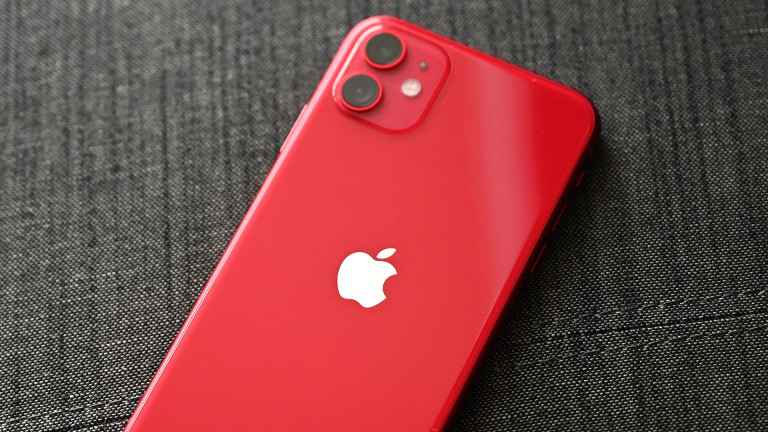
|
Getting your Trinity Audio player ready...
|
SOURCE: Sam Rutherford | Gizmodo
By almost every account, Apple has had an incredibly strong 2019. Thanks to the refreshed AirPods and the new AirPods Pro, Apple earbuds accounted for somewhere between $US4 ($6) and $US6 ($9) billion in sales. Meanwhile, the iPhone XR was the best-selling phone every quarter this year. However, despite all this success, none of the gadgets Apple released in 2019 were all that exciting—some might even call them boring.
Now before anyone goes lunging for their pitchforks, boring doesn’t always mean bad, and especially for Apple in 2019, being boring may have been one of the company’s greatest strengths. In this way, sometimes it feels like Apple is stealing a page out of McDonald’s playbook.
When you go to a Mickey D’s, you already know what’s on the menu, you know what a Big Mac or McNuggets taste like before you even put them in your mouth. Part of McDonald’s secret is that they are selling you the feeling of being home, a feeling that you’re secure and generally safe from annoying intrusions, which is something Apple does for tech better than almost anyone else. And to see examples of this, all you have to do is take a look at all the “new” devices Apple released this year.
Starting in the spring, Apple surprised everyone with the iPad Mini 5. But the surprise had nothing to do with the gadget’s specs or capabilities, but more that Apple bothered to refresh its 7.9-inch tablet at all nearly five after the Mini’s last meaningful update.
Suddenly, digital comic book readers and mobile game fanatics on iOS we’re rejoicing, and while I’m happy to have been wrong about the iPad Mini’s comeback, it’s also kind of weird to feel relieved about a product that shouldn’t have been neglected for so long in the first place.
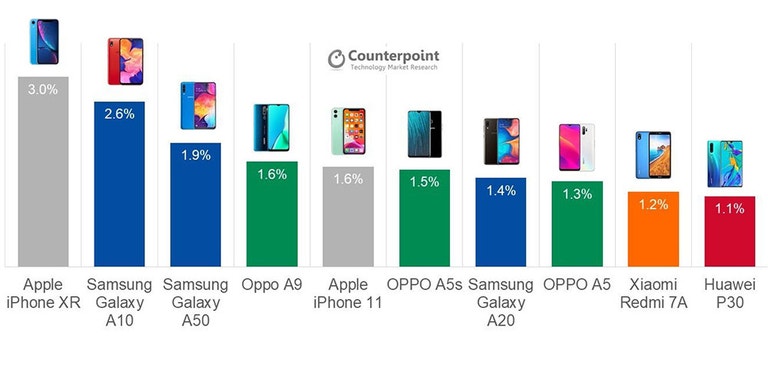 Here is a list of the top-selling phones in Q3 2019. Note how last year’s iPhone XR beat out the iPhone 11.
Here is a list of the top-selling phones in Q3 2019. Note how last year’s iPhone XR beat out the iPhone 11.
(Graphic: Counterpoint)
That same month, Apple also released the AirPods 2, though thinking of them as a second-gen product may be overly generous. The AirPods 2 are physically identical to the original, with the main difference being the addition of Apple’s H1 chip allowing for Siri integration, slightly better connectivity, and an extra hour or so of music playback.
Sure, the new wireless charging case is nice, but $129 for just a case is a lot ask, and considering what happened to AirPower, putting Qi charging support in the AirPods’ case sort of felt like an overdue consolation prize.
Next came a refreshed MacBook Pro, MacBook Air, and 7th-gen iPod Touch, which all featured moderate spec bumps, but not much else. Once again, that’s totally OK, there’s no need to rock the boat, but at the same time, there’s not much to get enthused about either.
Then spring came, and there was an avalanche of products including two new iPhones, iPad OS (and a boring new standard iPad), a new Apple Watch, two new subscriptions services, and more. Also, while it technically launched in late August, there was now a shiny new Apple-branded titanium credit card you could sign up for too. However, if you take a closer look at all of Apple’s fall gadgets and their biggest upgrades, once again we see a steady trickle of enhancements instead of anything revolutionary.
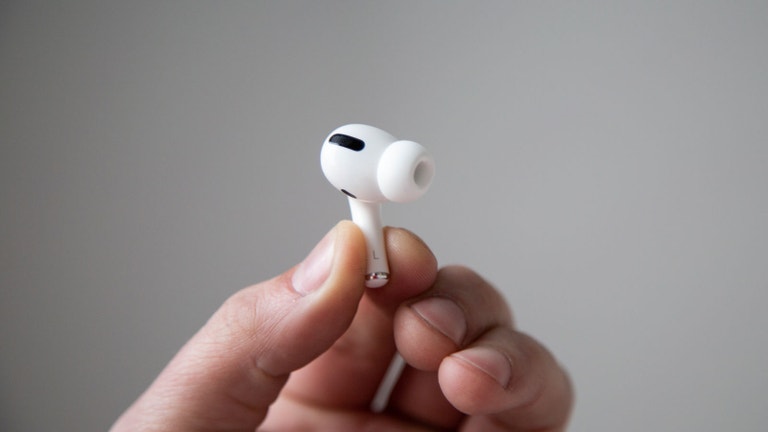 Photo: Adam Clark Estes, Gizmodo
Photo: Adam Clark Estes, Gizmodo
For the standard iPhone 11, Apple added an ultra-wide angle camera, a bunch of fun new colours, and lowered its starting price compared to last year’s iPhone XR.
Now don’t get me wrong, the iPhone 11 is a great phone, and having two cams in back instead of one is definitely a nice addition. But when more people would rather buy last year’s iPhone XR at $1,049 than the iPhone 11 at $1,199, it sort of suggests that price sensitivity and the appeal of iOS and Apple’s ecosystem are more important buying decisions than any new features the iPhone 11 is bringing.
As for the iPhone 11 Pro and 11 Pro Max, the addition of three rear cameras and new photo processing tools like Deep Fusion can’t be understated.
Previously, things like the HDR+ mode and Night Sight on Pixel phones made it seem like Google’s lead in computational photography was growing even larger. But in 2019, Apple pulled even again, and in some situations, showed that the iPhone was back on top. And unlike the Pixel 4, Apple didn’t make Google’s mistake of thinking that it would be fine to have one less rear camera than every other flagship phone released in 2019.
However, I can’t help but wonder whether the iPhone 11 Pro has really earned its “Pro” moniker. Where are the 120Hz Pro Motion displays you get on iPad Pros? Or reverse wireless charging so you don’t need to drag your Apple Watch charging cradle everywhere? Or just USB-C instead of Lighting or even Apple Pencil support?
As for the latest Apple Watch, it’s biggest upgrade this year was an optional always-on display. After five generations, you can actually use Apple’s smartwatch reliably as a normal watch. Yay.
 Apple’s Deep Fusion image processing gives the iPhone 11 a big advantage when it comes
Apple’s Deep Fusion image processing gives the iPhone 11 a big advantage when it comes
to capturing fine details like on a dog’s fur. (Photo: Adam Clark Estes, Gizmodo)
I don’t want to overlook the ingenuity and engineering behind adding a screen with a variable refresh rate to a smartwatch, something that is typically reserved for much larger devices like laptops and monitors. Other new additions like better tracking for women’s health metrics and an on-wrist App Store are important too, but since those were part of watchOS, many of those features got ported to previous Apple Watch models as well. In short, unless having an always-on display had been a long-simmering deal breaker, there wasn’t much impetus to upgrade to Apple’s Series 5 watch, it’s the same watch you’ve seen for years, just a tiny bit better.
Then there’s Apple Arcade and Apple TV+, which seem like eminently logical additions to Apple’s quickly growing services business. But even the best exclusive shows on Apple TV+ like For All Mankind are having a hard time muscling out programs like Watchmen or The Witcher for people’s streaming media attention. And while I think Apple Arcade is probably the best new service Apple launched in 2019, it’s hard to tell what effect it’s having on the mobile game industry just yet.
The recently launched AirPods Pro have also been a big hit, but they were also the most predictable new product Apple released this year. Adding active noise cancelling and ear cups that don’t suck are certainly welcome upgrades to Apple’s audio lineup, but considering that practically every tech company launched or announced its own true wireless earbuds this year, you didn’t have to be Miss Cleo to see them coming.
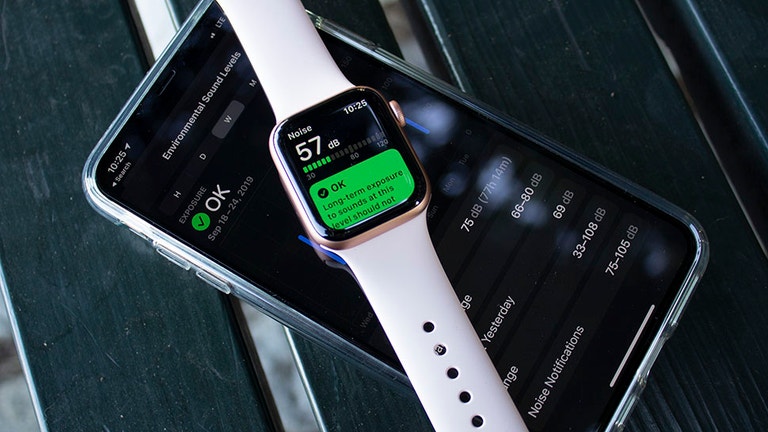 Photo: Victoria Song, Gizmodo
Photo: Victoria Song, Gizmodo
Finally, there’s the new 16-inch MacBook Pro and Mac Pro desktop. For the MacBook Pro 16, the best part about the entire system is that it finally has a good keyboard. It has an Escape key and “normal” arrow keys, and typing on it doesn’t feel you’re trying to break your fingers. In the future when people look back on Apple laptops, there’s going to be a dark spot from 2015 to 2019 where people will collectively try to forget that Apple’s butterfly switches even existed. But hey, at least there’s finally a light at the end of the tunnel.
As for the Mac Pro, while I haven’t had a chance to test one out myself, it certainly seems to be the beastly, customisable, and ridiculously fast desktop that people have been wishing for ever since the Mac Pro trashcan was first released back in 2013. Unfortunately, with the Mac Pro and Pro Display XDR starting at $US6,000 ($9,000) and $US5,000 ($7,200) respectively, unless you have a corporate card attached to a hefty expense account, the chances that you’ll ever own one are pretty slim.
Individually, while all these incremental upgrades might sound boring or iterative, when you combine everything together, it turns into a steady march of progress, and gives Apple device owners a sense of stability you rarely get from other consumer tech makers, particularly ones with Apple’s size and reach.
For a long time, I’ve maintained the Apple makes some of the best tech for people who don’t care about tech, people who just want things to work, and almost everything Apple made in 2019 reinforced that principle. The one big exception to that is macOS Catalina and its lack of support for legacy 32-bit apps, which continues to give a lot of Apple laptops users headaches issues months later.
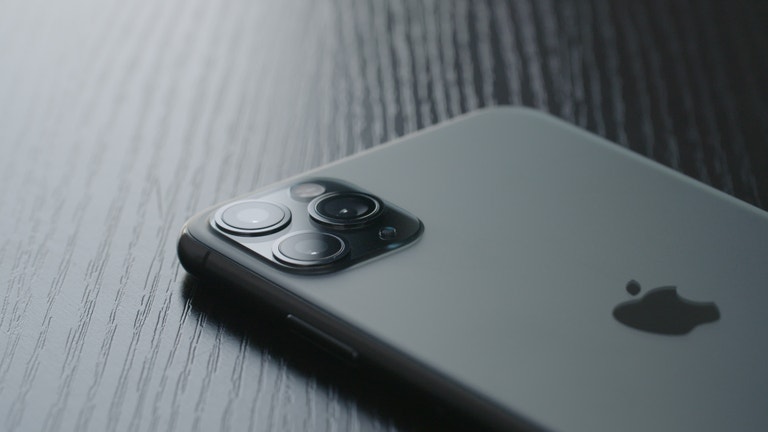 Photo: Raul Marrero, Gizmodo
Photo: Raul Marrero, Gizmodo
But the question remains: Where is all the excitement and innovation? Compared to Steve Jobs, one of the biggest knocks against Tim Cook has been a lack of creativity, for lacking the kind of spark that birthed the iPod and iPhone and iMac. Apple continues to host keynotes several times a year, but it feels like they’ve turned into a parade of talking heads instead of presentations where Apple is deigning us plebs with a peek of the future.
Personally, I’m still undecided, because I think a lot of things could change in 2020. Reports say Apple could have an AR headset ready for sometime next year (though that seems like a long shot), and with 2019 potentially marking the end of Apple’s thee-year refresh cycle, there could be a lot of changes in store for the iPhone.
How is Apple going to tackle 5G? Will the FaceID notch get eliminated or shrunk down? Could TouchID make a comeback? What is Apple planning to say about privacy at its first CES in appearance in years? And what the hell is going on with the Apple Car?
Even more so than previous years, 2019 felt like a year where Apple refined and solidified its product lines while it prepares for big moves in 2020. Or maybe not, but as someone who remembers the magical feeling while watching the first iPhone reveal, here’s hoping for an interesting 2020 from Appleland.

